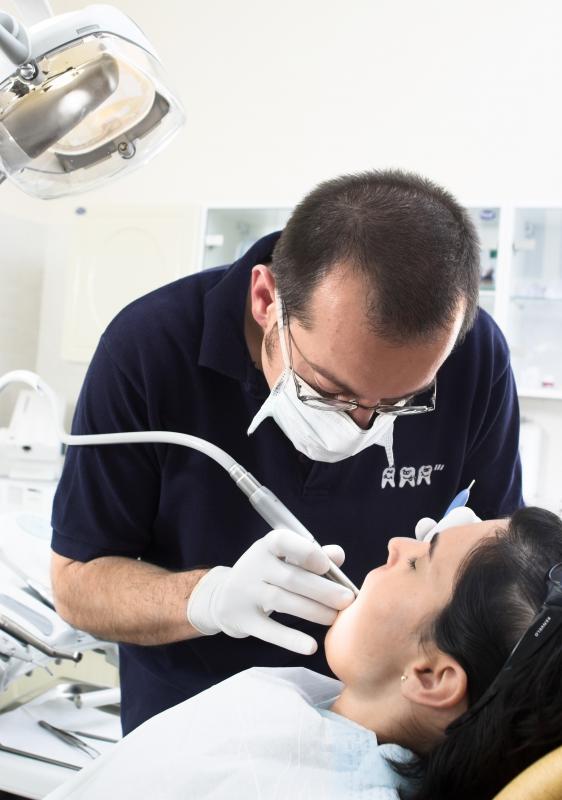At WiseGEEK, we're committed to delivering accurate, trustworthy information. Our expert-authored content is rigorously fact-checked and sourced from credible authorities. Discover how we uphold the highest standards in providing you with reliable knowledge.
What is Dental Bridge Work?
Dental bridge work involves the creation of a false tooth, called a pontic, to replace one that is missing. Different types of bridges include the fixed bridge, the resin bonded bridge, and the cantilever bridge. Two crowns hold the pontic in place.
Unlike some partial dentures, a fixed dental bridge cannot be removed by the wearer because it is attached to the mouth. The resin bonded type of bridge work is used mainly for front teeth, if the teeth next to them are in good condition, and involves using metal loops that are attached to the supporting teeth with a resin. A cantilever bridge may be used on the front teeth and is mostly used when just one side of the missing tooth has another tooth beside it in good condition, since it's designed to be anchored on only one tooth.

Dental bridge work is usually considered as cosmetic dentistry, as missing teeth can look unattractive. Research has shown that missing teeth can lead to faster gum disease and tooth decay if the area is left open, however. Missing teeth may also disrupt the alignment of the other teeth.
Before performing the bridge work, the dentist can help the patient choose the right tooth color for the bridge. The best color is what looks the most natural for the patient based on his or her natural tooth color, skin tone, and eye color. A person's teeth are naturally different shades of white, with the front teeth usually the whitest and the eyeteeth the darkest.

Installing a bridge usually takes two sessions with a dentist. The patient's teeth may be sensitive to cold and hot foods for several weeks after having the work done, and he or she must practice good oral hygiene to avoid infection. In preparing for the bridge, the dentist files down the adjoining teeth and takes impressions of the them in order to fit on the crowns where the false tooth will be attached. Dental bridges often last between five and ten years, if proper oral care is maintained, and can be made of porcelain, metal, or ceramic.
AS FEATURED ON:
AS FEATURED ON:

















Discussion Comments
@donna61--Depending on the type of bridge and how much dental preparation determines the cost. Usually, you can figure on five hundred dollars up to nine hundred dollars per tooth.
Check with your local dentists, some of them will work with you on a sliding scale, ours did.
Also, a part of the bill might be covered by your insurance plan if you have cosmetic dentistry as part of your coverage. Any remaining balance would be your responsibility. I would call and ask your insurance carrier if they cover cosmetic dentistry.
Can anyone tell me the approximate cost to have bridge work done? Does insurance usually cover this, or am I looking at paying out-of-pocket?
My son needs to have one and the costs really seem to vary depending on who we talk to. Thanks, the sooner we can get this taken care of the better.
Post your comments